Peter Eisenman
B.Arch. '54
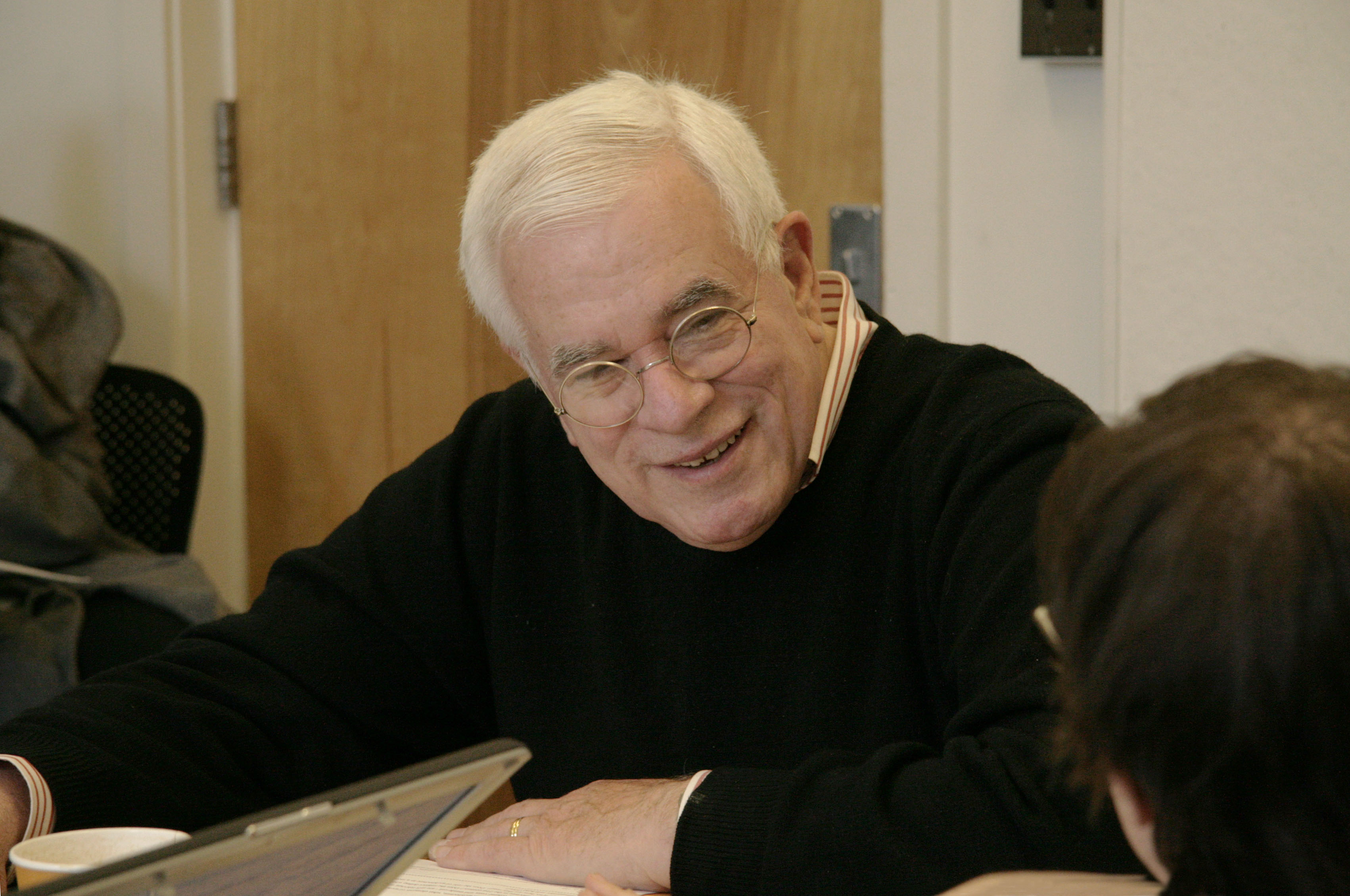
Peter Eisenman in a Sibley Hall classroom in 2009. William Staffeld / AAP

House II (1969–70), plywood, veneer, paint, Hardwick, Vermont.
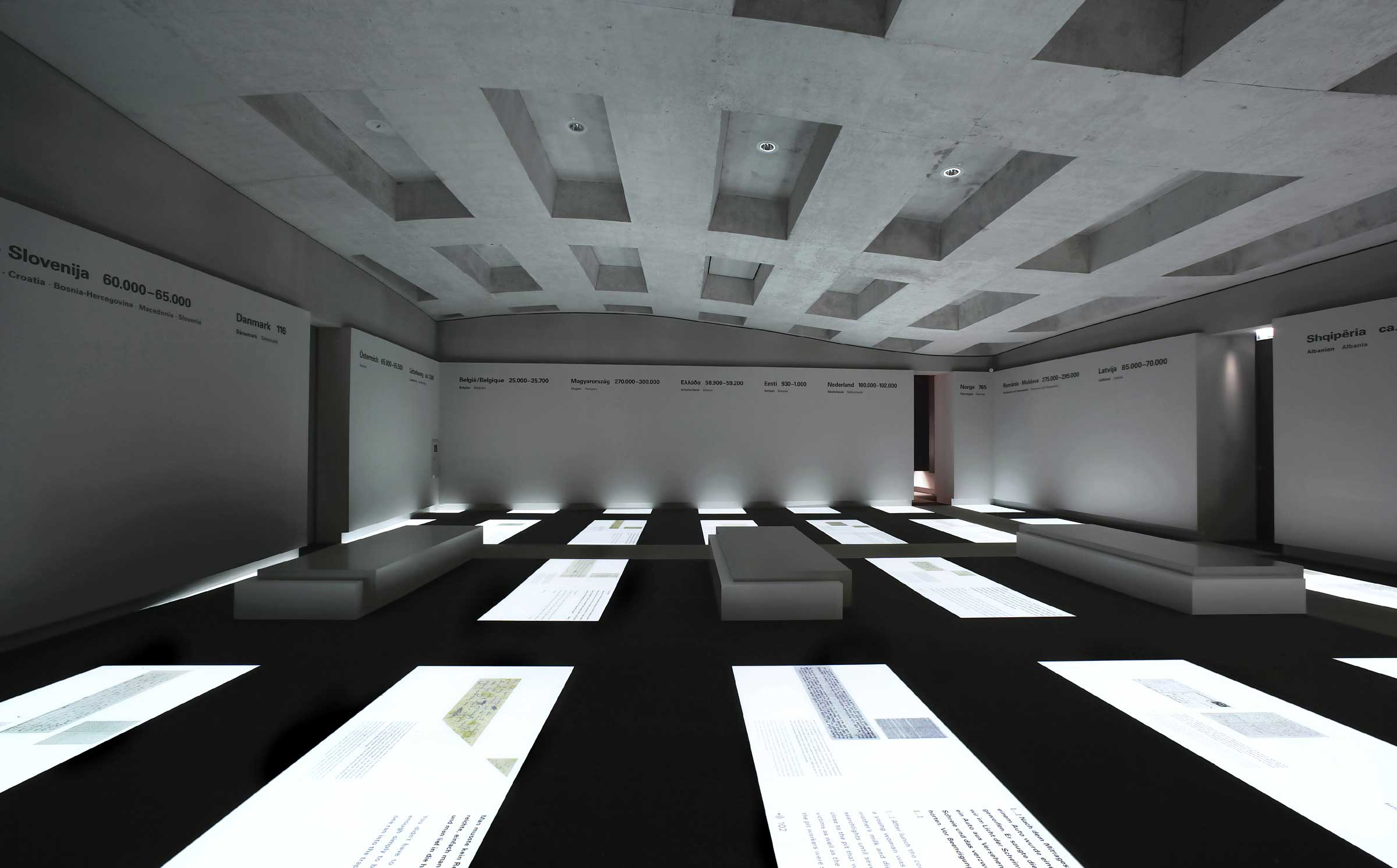
Berlin Memorial to the Murdered Jews of Europe (1997–2005), Room of Dimensions, 800-square-meter underground Information Center, Berlin.
Projects
Residenze Carlo Erba (2009–19)
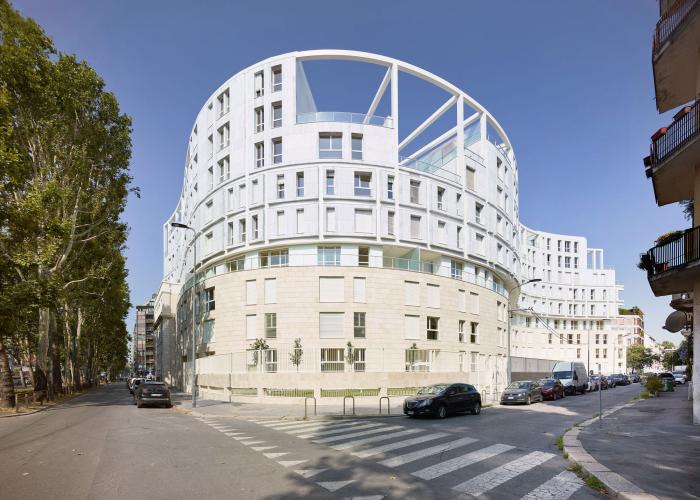
Eisenman Architects, Degli Esposti Architetti, and AZstudio, exterior view depicting the condominium's S-shaped curve, 14,000 square meters, Roman travertine, metal, Carrara marble, Milan, Italy.

Exterior facade composed of a Roman travertine base punched with openings, a grid of metal paneling in the middle section, and a frame of metal outrigging that outlines a Carrara marble upper course, 14,000 square meters, Milan, Italy.

Exterior view of topmost floors composed of urban villas, Milan, Italy.

Aerial view, 14,000 square meters, Milan, Italy.
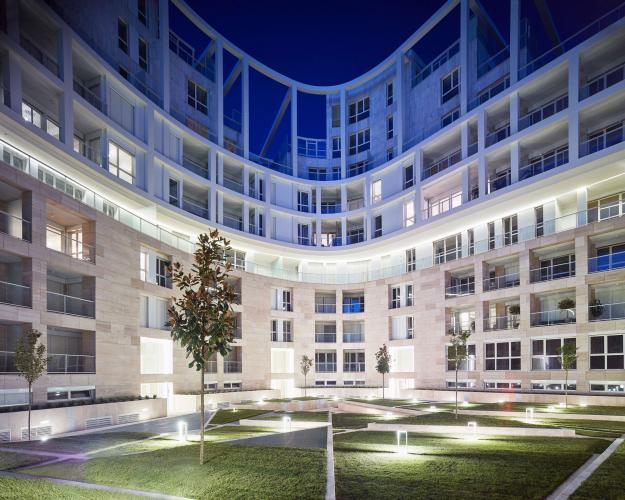
Courtyard, 14,000 square meters, Milan, Italy.
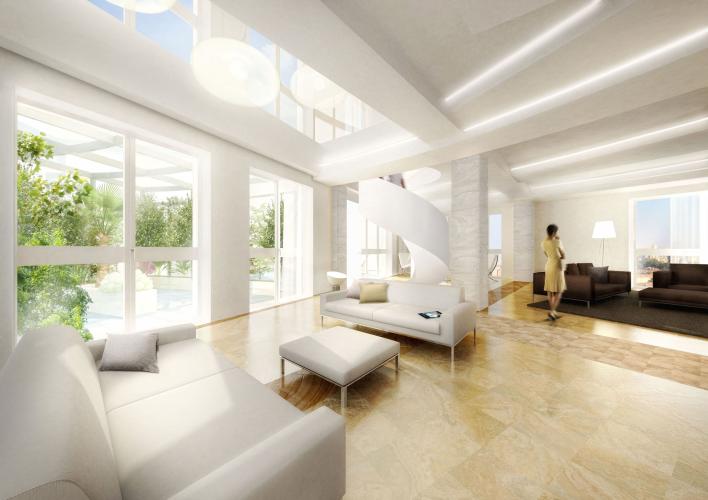
Interior view, Milan, Italy.
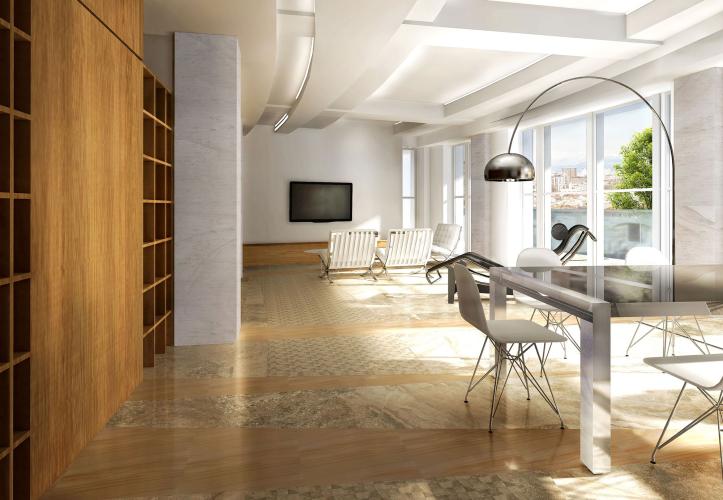
Residence, Milan, Italy.
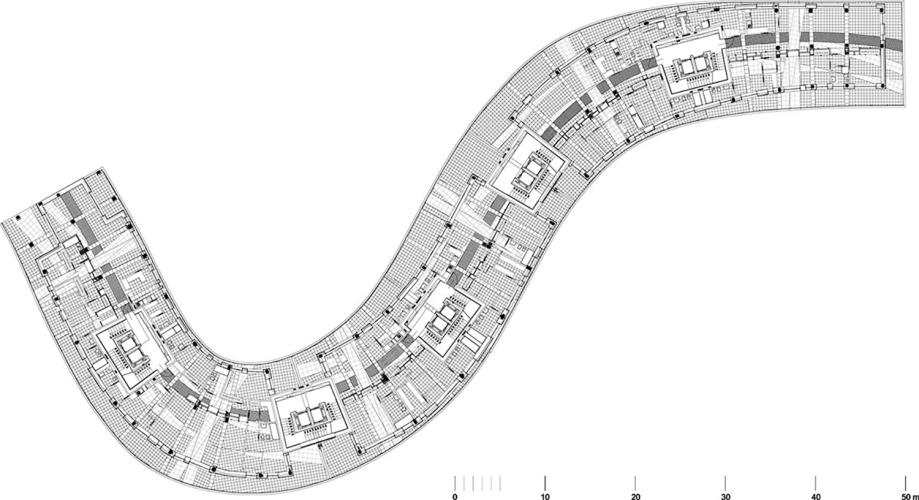
Drawing, Milan, Italy.
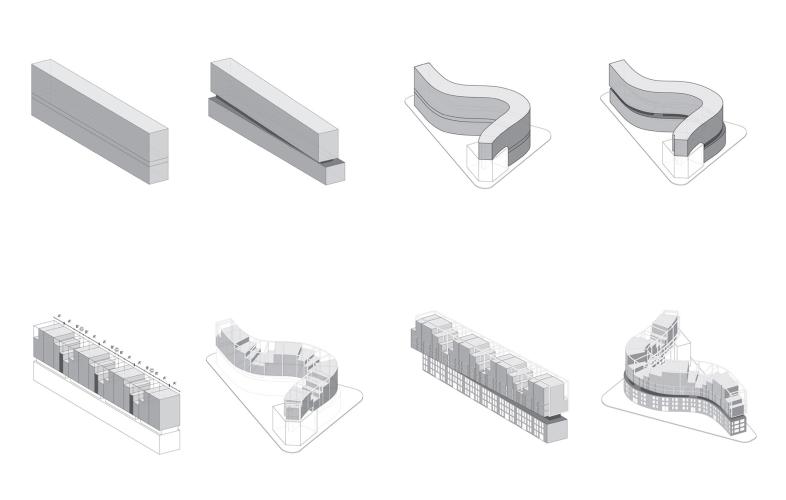
Concept, Milan, Italy.
City of Culture of Galicia (1999–2011)

Galician Library and the Periodicals Archive, 122,000 square feet and 86,000 square feet (respectively), Fundación Cidade da Cultura de Galicia (client), UTE Andres Perea Ortega (architect of record), Santiago de Compostela, Spain.
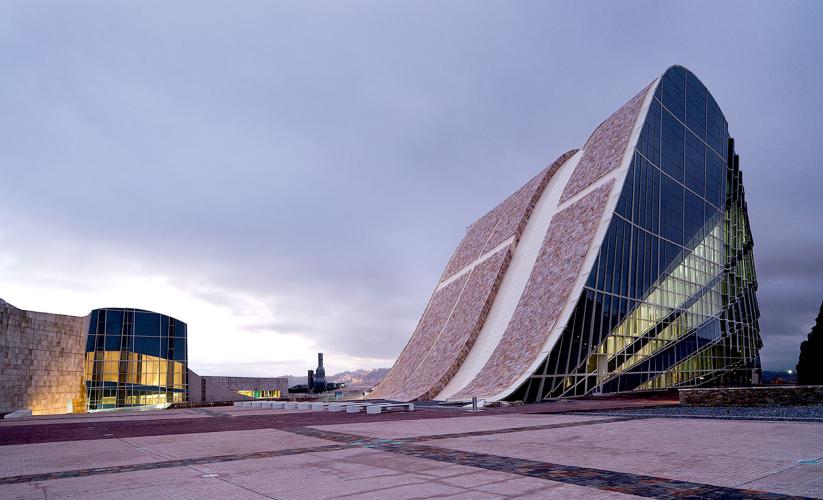
Museum of Galician History, 172,000 square feet, Fundación Cidade da Cultura de Galicia (client), UTE Andres Perea Ortega (architect of record), Santiago de Compostela, Spain.
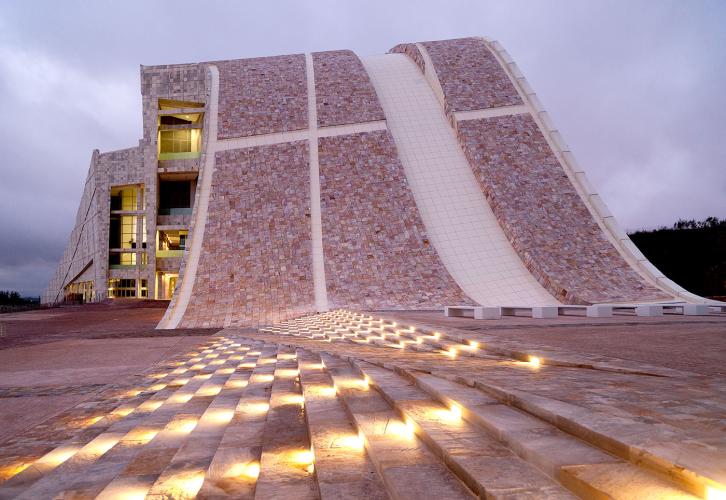
Museum of Galician History, Fundación Cidade da Cultura de Galicia (client), UTE Andres Perea Ortega (architect of record), Santiago de Compostela, Spain.
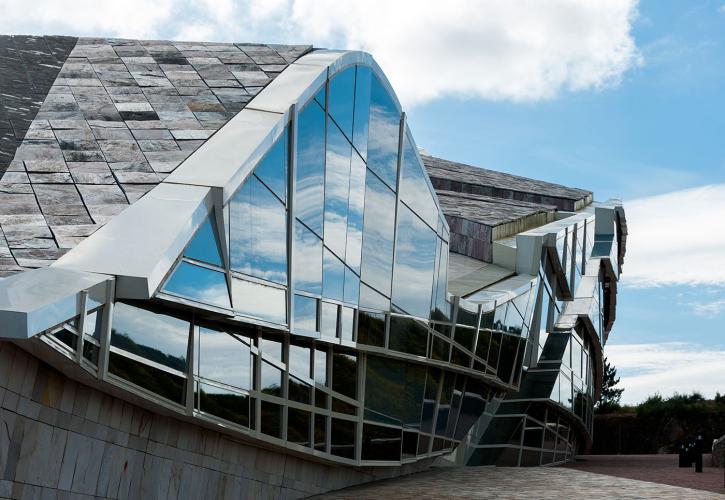
Center for Cultural Innovation, 135,000 square feet, Fundación Cidade da Cultura de Galicia (client), UTE Andres Perea Ortega (architect of record), Santiago de Compostela, Spain.

Interior, Fundación Cidade da Cultura de Galicia (client), UTE Andres Perea Ortega (architect of record), Santiago de Compostela, Spain.

Interior, Fundación Cidade da Cultura de Galicia (client), UTE Andres Perea Ortega (architect of record), Santiago de Compostela, Spain.
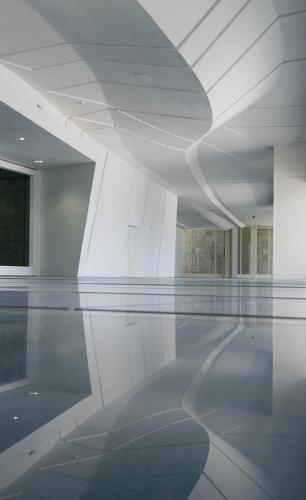
Interior, Fundación Cidade da Cultura de Galicia (client), UTE Andres Perea Ortega (architect of record), Santiago de Compostela, Spain.
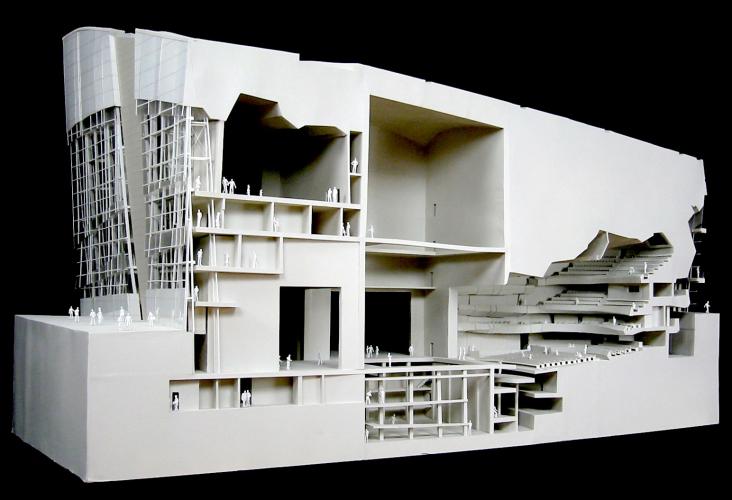
Model, Fundación Cidade da Cultura de Galicia (client), Santiago de Compostela, Spain.

Model of the 173-acre site on Mount Gaiás, Fundación Cidade da Cultura de Galicia (client), Santiago de Compostela, Spain.

Longitudinal section drawing, Fundación Cidade da Cultura de Galicia (client), Santiago de Compostela, Spain.
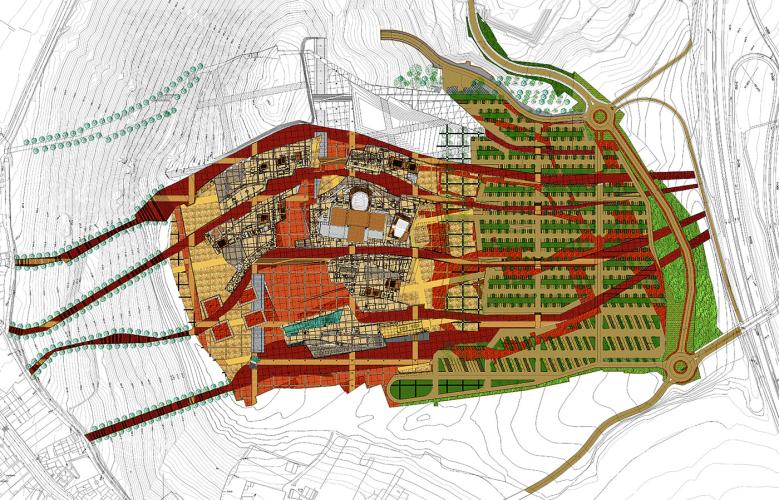
Site plan, Fundación Cidade da Cultura de Galicia (client), Santiago de Compostela, Spain.
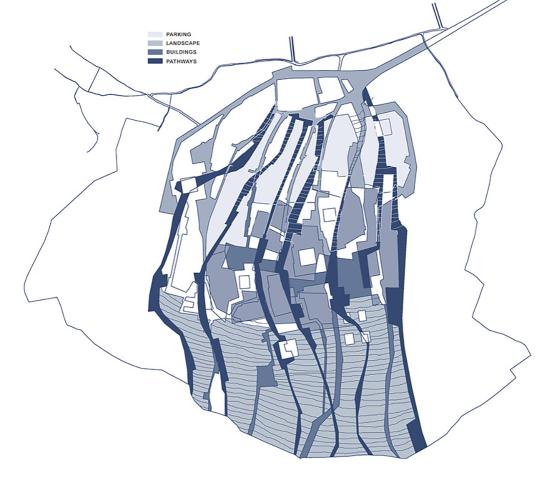
Concept drawing, Fundación Cidade da Cultura de Galicia (client), Santiago de Compostela, Spain.
State Farm Stadium (1997–2006)

Exterior, metal panels, recessed vertical glass bands, translucent fabric roof, Glendale, Arizona.

68,000-seat National Football League stadium, metal panels, recessed vertical glass bands, translucent fabric roof, Glendale, Arizona.
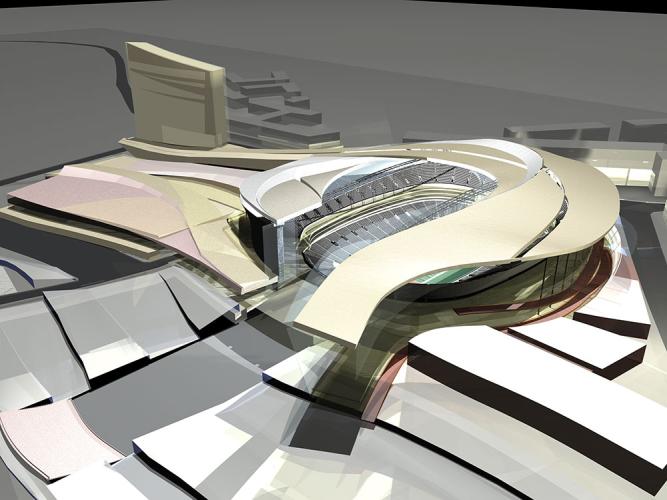
Concept, metal panels, recessed vertical glass bands, translucent fabric roof, Glendale, Arizona.

Concept, metal panels, recessed vertical glass bands, translucent fabric roof, Glendale, Arizona.
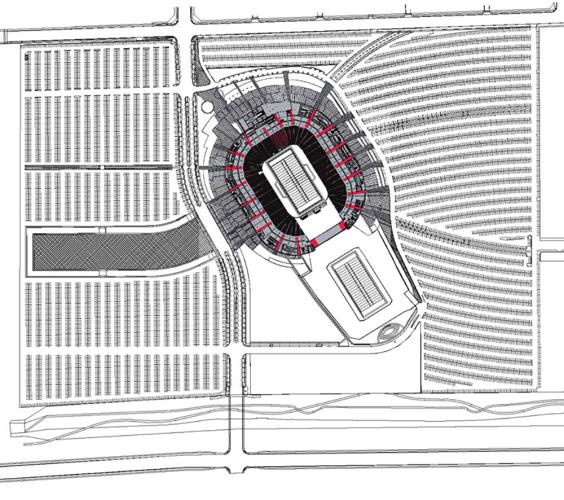
Drawing, metal panels, recessed vertical glass bands, translucent fabric roof, Glendale, Arizona.
Memorial to the Murdered Jews of Europe (1997–2005)
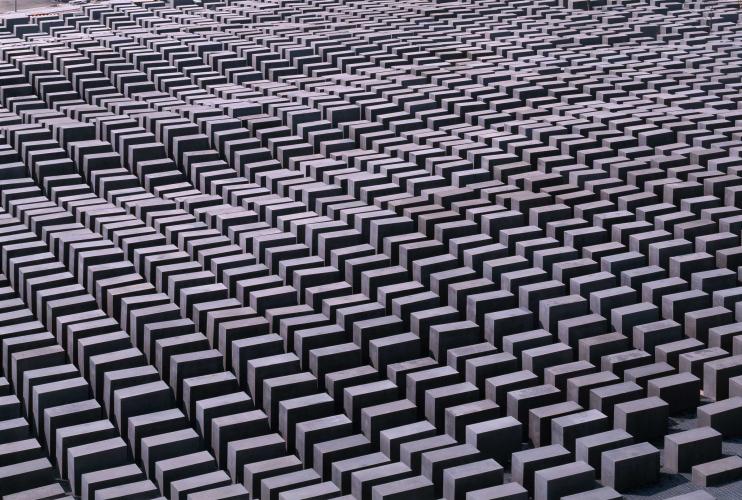
Field of Stelae, rigid grid structure composed of 2,711 concrete pillars, or stelae, 0.95 meters wide x 2.375 meters long, heights vary from 0 to 4 meters, 19,000-square-meter site, Berlin.
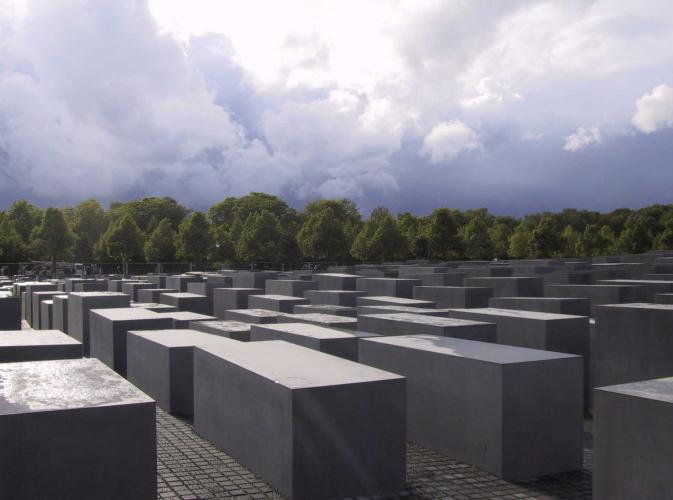
Field of Stelae detail view, concrete pillars, each 95 centimeters wide by 2.375 meters long, heights varying from 0 to 4 meters, 19,000-square-meter site, Berlin.
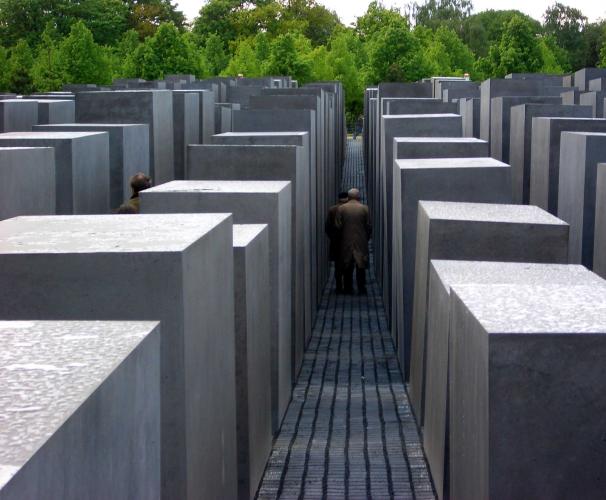
Field of Stelae pillars spaced spaced 95 centimeters apart to allow only for individual passage through the grid, 19,000-square-meter site, Berlin.

Room of Dimensions, 800-square-meter underground Information Center, Berlin.
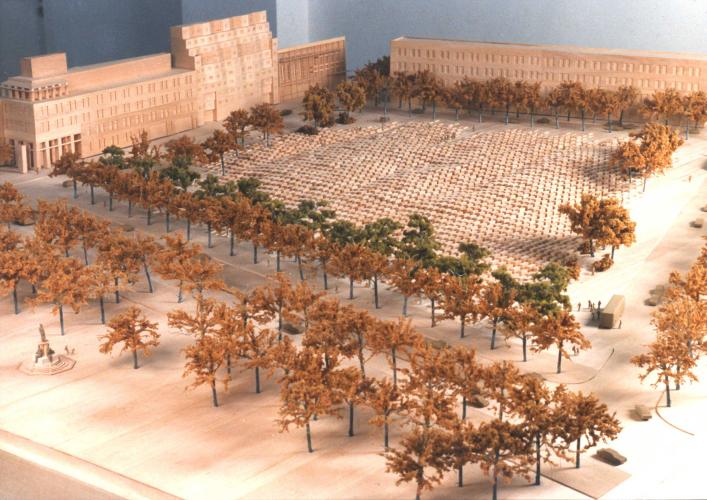
Site model, 2,711 concrete pillars in a rigid grid structure, Berlin.

Section drawing, Field of Stelae and underground Information Center, 19,000-square-meter site, Berlin.
Aronoff Center for Design and Art (1988–1996)
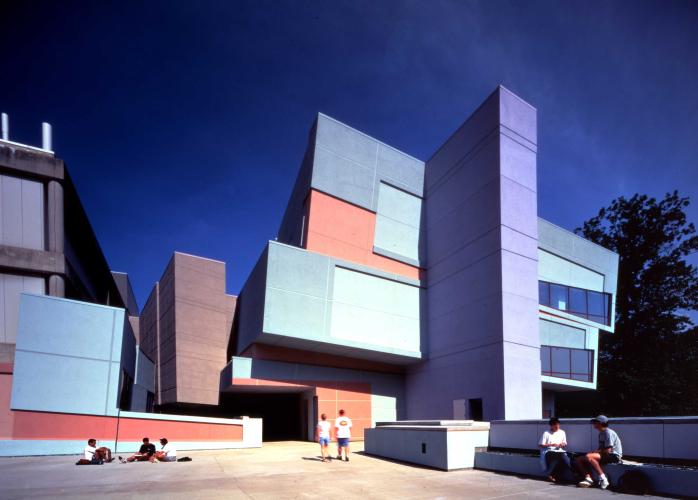
Exterior, 164,000 square feet, University of Cincinnati College of Design, Architecture, Art, and Planning, Cincinnati.
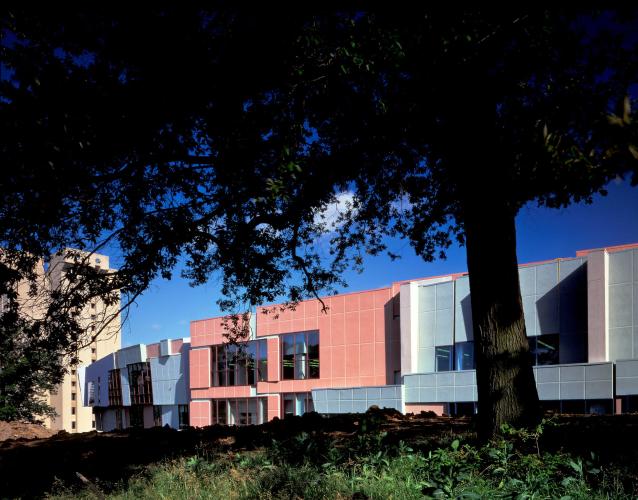
Exterior, 164,000 square feet, University of Cincinnati College of Design, Architecture, Art, and Planning, Cincinnati.
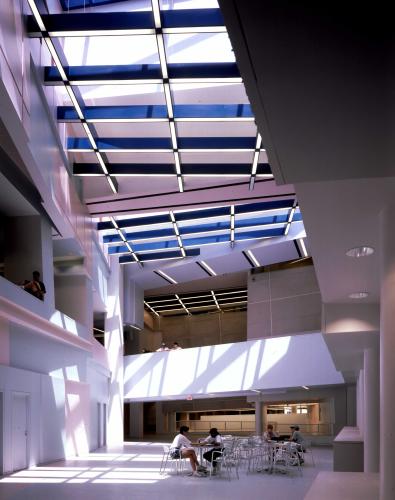
Interior, 164,000 square feet, University of Cincinnati College of Design, Architecture, Art, and Planning, Cincinnati.
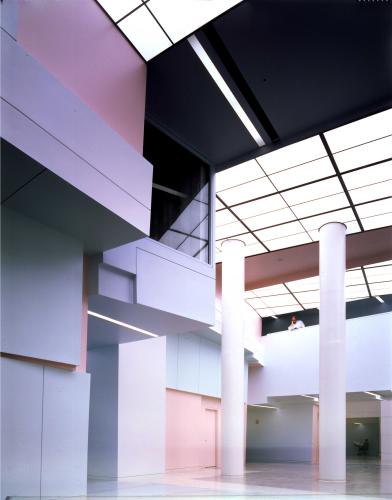
Interior, 164,000 square feet, University of Cincinnati College of Design, Architecture, Art, and Planning, Cincinnati.

Interior detail, 164,000 square feet, University of Cincinnati College of Design, Architecture, Art, and Planning, Cincinnati.

Site model, University of Cincinnati College of Design, Architecture, Art, and Planning, Cincinnati.

Site drawing, University of Cincinnati College of Design, Architecture, Art, and Planning, Cincinnati.
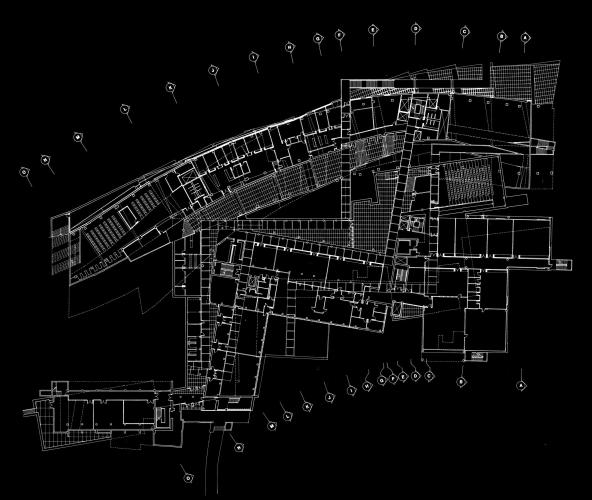
Drawing, University of Cincinnati College of Design, Architecture, Art, and Planning, Cincinnati.
Color: Lorem ipsum dolor sit amet, consectetur adipisicing elit. Distinctio, eveniet?
